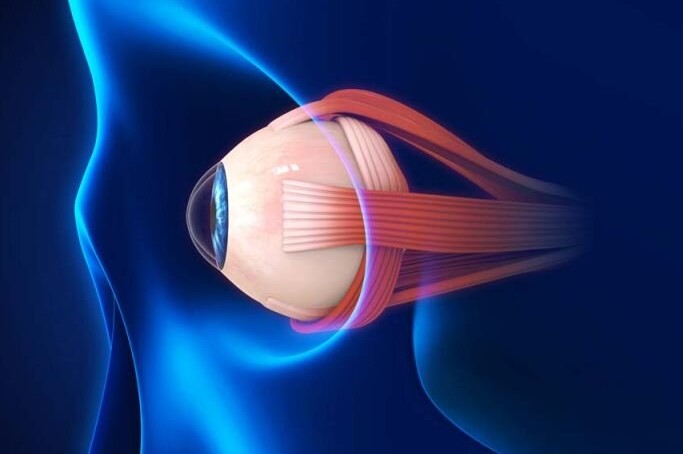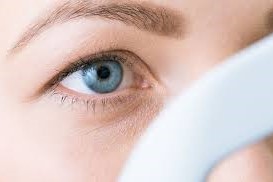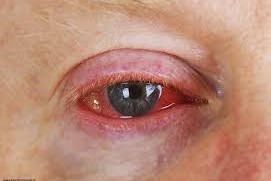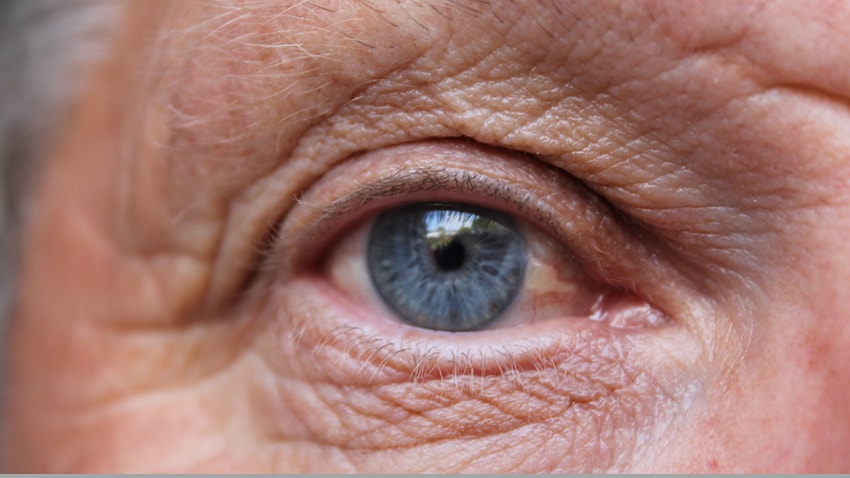Training for a better future
The welcoming address to the 37th Australian Ophthalmic Nurses Association New South Wales Conference by Sydney ophthalmologist Dr Con Petsoglou was on lifelong learning. “We start with no specialised knowledge in a new field, after six months we know so much,” he said, likening this to, “…reaching The Peak of Mr Stupid before crashing down into The Valley of Despair’! His journey of lifelong learning analogy included a trek up The Slope of Enlightenment before finally reaching The Plateau of Sustainability.
Dr Petsoglou highlighted new technologies and the importance of having good IT systems in place to disseminate information. His examples included the sharing of lectures on cellphones, this being where ‘the youth of today’ look for answers.
Keynote speaker was ‘UK Nurse of the Year 2019’ Taurai Matare, advanced nurse practitioner from Whipps Cross University Hospital. Matare discussed leadership and the development of a multi-skilled ophthalmic workforce, noting the challenges in getting funding to overcome the traditional barriers of poor career progression. She discussed the challenges of a staff culture of bullying and harassment and lack of understanding among the nursing hierarchy. She shared on how she had personally overcome these challenges and now managed a unit that runs nurse-led laser clinics, medical retina assessments and post-operative cataract follow ups. On hearing this, some of the New Zealand nurses had to bite their tongues, as we have been doing some of that for quite some time.
Interestingly, to help 350+ patients per day move smoothly through the department, Matare said they have one staff member who wears a yellow high-vis vest and acts as a patient flow coordinator. She said this has resulted in less complaints and ‘happier’ patients - an interesting idea that could be looked at for our units? Wrapping up, Matare gave an inspired talk about a four-hour turnaround triage that provides safe and effective care, rapid pathways that can be accessed within two weeks, and described an education leaflet given to all patients.
Gareth Hockey gave a presentation on post-operative infection following a traumatic eye injury and the importance of documentation. As I sat there, all I could hear were two of my mentors from Greenlane Eye Clinic saying, “If it isn’t written, it didn’t happen.” Hockey shared a woeful tale of a discharge without adequate patient understanding or follow-up appointments in place, and not having a phone number that worked over a long weekend! All of which resulted in two more surgeries for a severe orbital infection and 27 days in hospital mopping up something that was completely avoidable. It was a salutary lesson for us all about good discharge planning.
Nurse/ocularist Roseanna-Zoe Knowles gave a great talk explaining the art and chemistry of making a prosthesis, plus the importance of physical and psychological health assessments prior to enucleation. Knowles emphasised the importance of timelines in the making of prosthetics and had a few fun prosthetic photos to share, such as diamonds and fishhooks, which she said could be individualised for around NZD$1700 for those with a taste for the avant garde!
Other presentations provided interesting insights into ophthalmic care/nursing in Australia, UK and the Pacific. The Apple Isle / Tasmania faces geographical challenges that has seen cataract waiting lists extend to three years, with no publicly-funded AMD injection clinics.
We heard how in Westmead, Sydney, collaborative care for chronic eye disease between local optometrists and public hospital visits has helped streamline referral pathways and reduced wait times by as much as nine months. Also shared were some of the challenges being faced by outreach clinics in Fiji in meeting patient and clinician expectations. These included patients arriving at 6am and clinical staff at 10am, IOP management, glaucoma medication prescribing, glasses and diabetic eye disease. We heard about the impact of Trachoma screening being introduced in schools and villages, and the education of local village health workers in decreasing prevalence, the uses of botulinum to treat strabismus, nystagmus, spastic entropion and many more ocular conditions, not forgetting aesthetic purpose. We also learned of the postgraduate course run by the Sydney Eye Hospital in conjunction with the Sydney University of Notre Dame.
A presentation that hit home for many of us was the aging nursing workforce. The UK currently has a 100,000 shortfall and Australia predicts it will have a shortage of 109,000 nurses by 2025. The take home message was to be better mentors, encourage curiosity alongside respect and trust in order to keep retention high and encourage nurses into ophthalmic practice.
Heather Machin spoke on global initiatives beyond 2020, particularly of the need to share information between the seven international regions and for us to stop being ‘silos’ standing alone. The first international ophthalmic nurses meeting is planned at IAPB in Singapore later this year.
This varied and interesting conference certainly highlighted the future of ophthalmic nursing, with plenty of take-home messages for everyone. Also of note, was the great exhibit hall to visit, full of new technologies to look at and reps to chat to.
Here’s to 2020 – The World Health Organisation’s International Year of the Nurse!
Robyn Cochrane is an ophthalmic nurse with Auckland District Health Board.
























